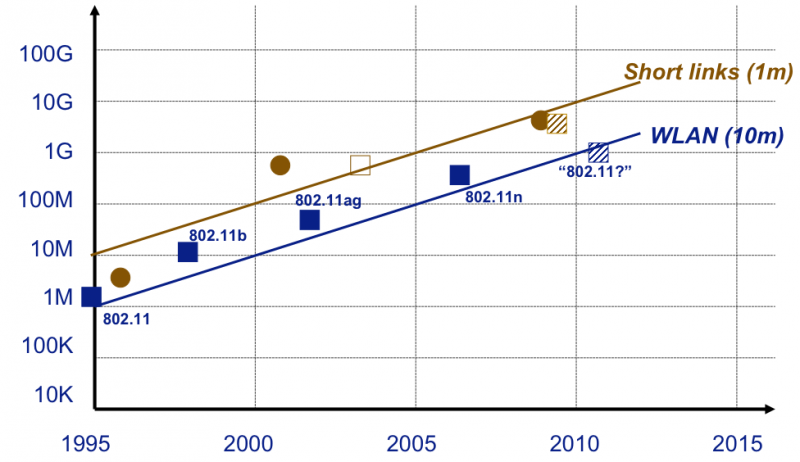Difference between revisions of "D3-WLAN Systems"
From its-wiki.no
Josef.Noll (Talk | contribs) |
Josef.Noll (Talk | contribs) |
||
| Line 1: | Line 1: | ||
Keywords: [[Keywords::WLAN]], [[Keywords::Wifi]], [[Keywords::IEEE 802.11]], | Keywords: [[Keywords::WLAN]], [[Keywords::Wifi]], [[Keywords::IEEE 802.11]], | ||
| + | =⌘ WLAN standard IEEE_802.11 = | ||
| + | {{IEEE_802.11}} | ||
=⌘ Earlier Presentations on WLAN systems = | =⌘ Earlier Presentations on WLAN systems = | ||
Revision as of 21:04, 19 January 2016
| Wiki for ITS | ||||||
|---|---|---|---|---|---|---|
|
Keywords: WLAN, Wifi, IEEE 802.11,
Contents
⌘ WLAN standard IEEE_802.11
⌘ Earlier Presentations on WLAN systems
Susana Rodriguez de Novoa:
- Media:UNIK4700-Wlan.pdf
- Media:An_Introduction_to_wifi.pdf
- Media:radiomobile.pdf
- Media:WLANSecurity.pdf
- Book: Antennas and Propagation for Wireless Communication Systems. 2nd Edition
- Book: CCNA Wireless. Oficial Exam Certification Guide
⌘"WLAN communication" 802.11
[Presentation G. Fettweis, IEEE VTC forum Baltimore], http://www.ieeevtc.org/plenaries/vtc2007fall/28.pdf
